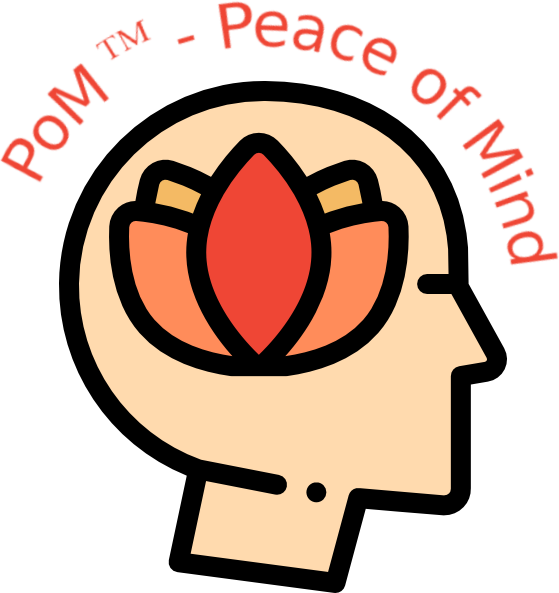Collection: It's KETO DAY (5th January)
Today, the brain-health benefits of the keto diet are known to apply to Alzheimer’s disease, Parkinson’s disease, insomnia, and more. The Vitamin Shoppe founded National Keto Day on January 5, 2019, to educate and bring awareness to the ketogenic diet and further highlight the many health benefits a keto lifestyle offers (Source: National Today)
Roots & Revivial of KETO ...
The ketogenic diet achieved national media exposure in the US in October 1994, when NBC's Dateline television programme reported the case of Charlie Abrahams, son of Hollywood producer Jim Abrahams.
In same year Jim created the Charlie Foundation for Ketogenic Therapies to further promote diet therapy. Publicity included an appearance on NBC's Dateline program and ...First Do No Harm (1997), a made-for-television film starring Meryl Streep. The foundation sponsored a research study, the results of which—announced in 1996—marked the beginning of renewed scientific interest in the diet.
Possible therapeutic uses for the ketogenic diet have been studied for many additional neurological disorders, some of which include: Alzheimer's disease, amyotrophic lateral sclerosis, headache, neurotrauma, pain, Parkinson's disease, and sleep disorders.
More than 100 years of Diet Research ...
In 1921, Rollin Turner Woodyatt reviewed the research on diet and diabetes. He reported that three water-soluble compounds, β-hydroxybutyrate, acetoacetate, and acetone (known collectively as ketone bodies), were produced by the liver in otherwise healthy people when they were starved or if they consumed a very low-carbohydrate, high-fat diet.[10] Dr. Russell Morse Wilder, at the Mayo Clinic, built on this research and coined the term "ketogenic diet" to describe a diet that produced a high level of ketone bodies in the blood (ketonemia) through an excess of fat and lack of carbohydrate. Wilder hoped to obtain the benefits of fasting in a dietary therapy that could be maintained indefinitely. His trial on a few epilepsy patients in 1921 was the first use of the ketogenic diet as a treatment for epilepsy.[
Wilder's colleague, paediatrician Mynie Gustav Peterman, later formulated the classic diet, with a ratio of one gram of protein per kilogram of body weight in children, 10–15 g of carbohydrate per day, and the remainder of calories from fat. Peterman's work in the 1920s established the techniques for induction and maintenance of the diet. Peterman documented positive effects (improved alertness, behaviour, and sleep) and adverse effects (nausea and vomiting due to excess ketosis). The diet proved to be very successful in children: Peterman reported in 1925 that 95% of 37 young patients had improved seizure control on the diet and 60% became seizure-free. By 1930, the diet had also been studied in 100 teenagers and adults. Clifford Joseph Barborka Sr., also from the Mayo Clinic, reported that 56% of those older patients improved on the diet and 12% became seizure-free. Although the adult results are similar to modern studies of children, they did not compare as well to contemporary studies. Barborka concluded that adults were least likely to benefit from the diet, and the use of the ketogenic diet in adults was not studied again until 1999.
IMPORTANT !!
The ketogenic diet is a medical nutrition therapy that involves participants from various disciplines. Team members include a registered paediatric dietitian who coordinates the diet programme; a paediatric neurologist who is experienced in offering the ketogenic diet; and a registered nurse who is familiar with childhood epilepsy. Additional help may come from a medical social worker who works with the family and a pharmacist who can advise on the carbohydrate content of medicines. Lastly, the parents and other caregivers must be educated in many aspects of the diet for it to be safely implemented.
(Source: Ketogenic Diet - Wikipedia)
Collection's Product Grid
Enjoy exploring our hand-picked and uniquely designed PoM products.
-
PoM's collection serieces NATIONAL KETO DAY (5th Jan 2024) - Unisex Garment-Dyed Sweatshirt (80% cotton, relaxed fit, 6 sizes)
Regular price From €53,48 EURRegular priceUnit price / per -
PoM's International TEA Day series ... Coaster (3.75'' / 9.53 cm (square)) and 4''x4'' / 10.16 cm (roound), with anti-sliding cork bottom)
Regular price From €7,47 EURRegular priceUnit price / per -
PoM's International TEA Day series ... Coaster (3.75'' / 9.53 cm (square)) and 4''x4'' / 10.16 cm (roound), with anti-sliding cork bottom)
Regular price From €7,47 EURRegular priceUnit price / per -
PoM's Self Motivation serie... Eat for the Body you want ... - Ceramic MUG (15oz/0.44l, microwave & dishwasher safe, lead & BPA-free)
Regular price €9,43 EURRegular priceUnit price / per -
PoM's collection series "Self Motivation" ... Eat for the Body you want (affirmation) - Cotton T-shirt (100% Organic - Unisex, 10 sizes and 9 colours)
Regular price From €36,97 EURRegular priceUnit price / per -
PoM's series "Healthy Nutrition & Diet" ... affirmation Kitchen Towel (2 materials: cotton twill, polyester - one size: 18" × 30" / 45.72cm × 76.2cm)
Regular price €21,55 EURRegular priceUnit price / per -
Donate with us ...
Regular price From €0,15 EURRegular priceUnit price / per -
PoM's series "It's KETO Day" ... affirmation Kitchen Towel (2 materials: cotton twill, polyester - one size: 18" × 30" / 45.72cm × 76.2cm)
Regular price €21,55 EURRegular priceUnit price / per -
PoM's International KETO Day series ... Die-Cut Magnets (durable vinyl, suitable for outdoor, 5 different sizes))
Regular price From €7,47 EURRegular priceUnit price / per -
My Health Guide for Organic Eating - Apron (AOP)
Regular price €34,83 EURRegular priceUnit price / per -
PoM's collection series "Don't panic ... It's Organic!" ... insulated Lunch Bag (with zippered closure & carrying handle)
Regular price €47,27 EURRegular priceUnit price / per -
MY HEALTH GUIDE for ORGANIC EATING - Unframed Print (matte or glossy)
Regular price €0,10 EURRegular priceUnit price / per -
HEALTH GUIDE for ORGANIC EATING - Rolled Poster (180, 200 or 285 gsm paper options)
Regular price From €9,65 EURRegular priceUnit price / per

























